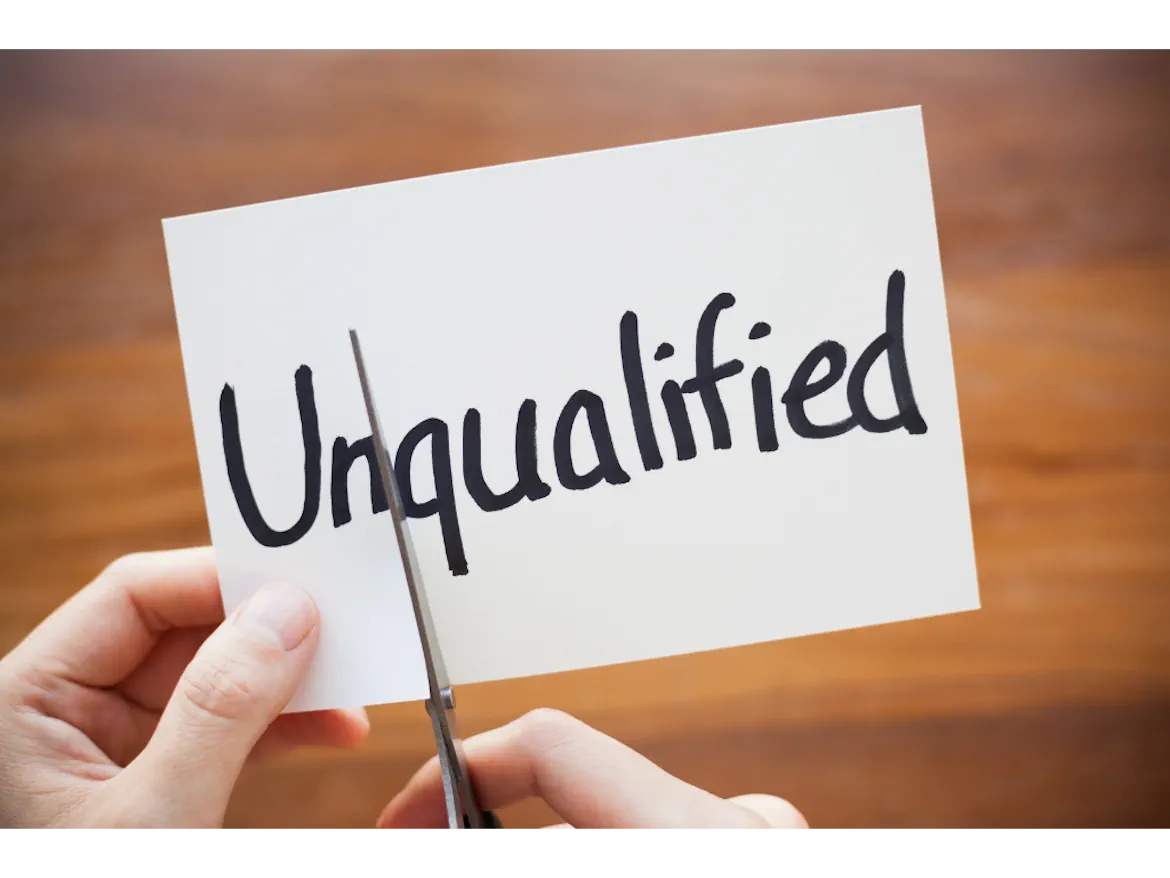What is Lead Qualification?
Lead qualification is the process of evaluating potential customers to determine their likelihood of purchasing your product or service. It involves gathering data, analyzing needs, and prioritizing leads based on their potential value.
Example: Sarah runs a small business specializing in eco-friendly office supplies. By qualifying leads effectively, she secured a long-term, high-value client while avoiding low-priority prospects.
For a deeper dive into aligning strategies with your audience, check out our blog: Navigating the Buyer’s Journey: A Comprehensive Guide to Market Research.
Steps to Qualify Leads Effectively
Step 1: Understand Your Ideal Customer Profile (ICP)
Define your Ideal Customer Profile (ICP) by considering:
- Demographics: Age, industry, company size, location.
- Behavioral Traits: Buying habits, goals, and challenges.
- Psychographics: Values, interests, and decision-making criteria.
Pro Tip: Use tools like HubSpot or Salesforce to identify patterns among your highest-value clients.
Step 2: Gather Lead Information
Collect relevant data using:
- Lead Forms: Ask targeted questions about their needs and goals.
- Website Analytics: Track pages visited and time spent on site.
- Social Media Engagement: Analyze comments, shares, and likes.
Step 3: Use Qualification Frameworks
Frameworks help structure your evaluation process. Popular methods include:
- BANT: Budget, Authority, Need, Timeline.
- Budget: Can they afford your solution?
- Authority: Are they the decision-maker?
- Need: Do they have a problem your product solves?
- Timeline: When are they planning to purchase?
- CHAMP: Challenges, Authority, Money, Prioritization.
- Focuses on understanding their challenges and whether solving them is a priority.
- MEDDIC: Metrics, Economic Buyer, Decision Criteria, and more.
- Focuses on understanding their challenges and whether solving them is a priority.
Step 4: Score Your Leads
Assign numerical values to leads based on:
- Engagement: Email opens, clicks, webinar attendance.
- Demographics: Fit with your ICP.
- Behavior: Purchase intent (e.g., requesting a demo).
Use tools like HubSpot and Marketo to automate lead scoring.
Step 5: Segment and Prioritize Leads
Organize leads into categories:
- Marketing Qualified Leads (MQLs): Interested but need nurturing.
- Sales Qualified Leads (SQLs): Ready for direct sales outreach.
Automate nurturing for MQLs and fast-track SQLs to your sales team.
Step 6: Follow Up Strategically
Tailor your communication to meet each lead's needs:
- MQLs: Send educational content and case studies.
- SQLs: Schedule calls or demos to close deals.
Pro Tip: The faster the follow-up, the higher the likelihood of conversion. Research shows that responding to leads within 5 minutes increases conversion rates significantly.
Step 7: Measure and Refine Your Process
Lead qualification isn’t a one-and-done task. Continuously analyze your conversion rates, sales cycles, and feedback from your sales team to refine the process. Use data to:
- Improve your lead scoring model.
- Update your ICP based on market conditions.
- Adjust campaigns for better engagement.
